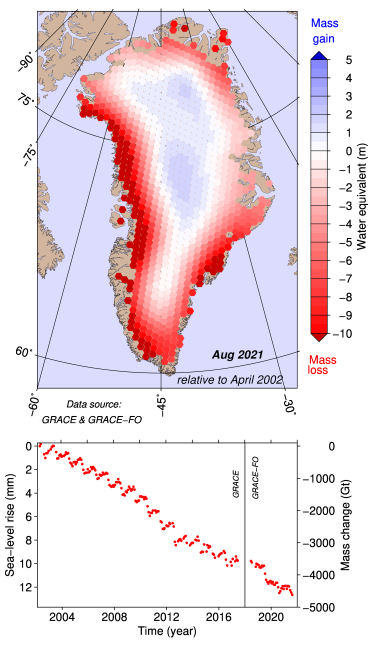
Polar Portal
@polarportal
Danish Arctic research institutions present updated knowledge on the condition of two major components of the Arctic: The Greenland Ice Sheet and the sea ice
ID: 1399429982
http://polarportal.org 03-05-2013 10:39:42
3,3K Tweet
6,6K Followers
617 Following





The South Pole officially recorded sunrise at 12:47pm NZDT yesterday! The inversion was crazy with constant mirages along the horizon, which resulted in this green flash! Everyone had so much energy at the U.S. National Science Foundation Amundsen-Scott Station yesterday ☀️







The Polar Portal seasonal report for 2022/2023 can now be downloaded in English, Danish and Greenlandic: polarportal.dk/en/home/2023-s…











